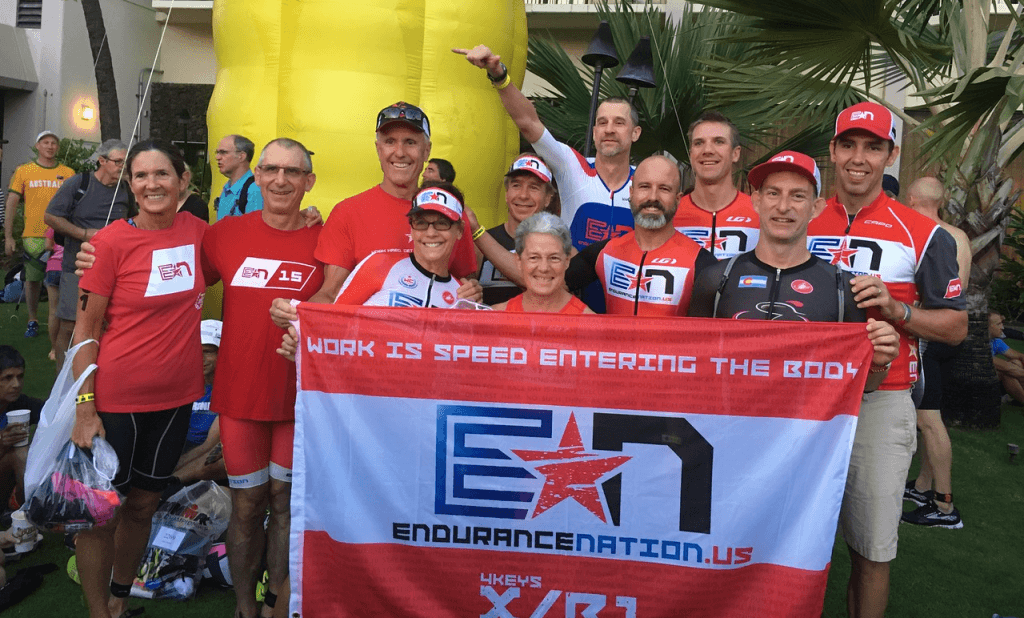
This is the time of year when triathletes assess their season and begin to choose their races for next season. Many triathletes decide to change their triathlon distance focus moving, for example, from focusing on short course races to trying their hand at the 70.3 distance, or making the jump from the half Ironman distance to racing the full 140.6.
Below are some thoughts for you:
The Template Training Week
Determine a template training week that is easily repeatable week after week. This template training week should have the following characteristics:
- Each workout plays nicely with both upstream and downstream workouts: Monday works well with Tuesday, which flows nicely into Wednesday, etc.
- The volume of most of the workouts in your template training week is relatively fixed and fits nicely with your work and life schedule. Your Wednesday morning run, for example, is always 30-45 minutes because that’s a number that works well for your life. Your Saturday ride is 2 hours because that’s easily repeatable, with few lifestyle and administrative costs.
- Finally, because the volume of each workout is relatively fixed, weekly training volume is also fixed.
Long Event vs Weekly Training Volume
Now that your weekly training volume is relatively fixed, turn your attention to the volume of your long training events — a weekly long swim, long ride, and long run. As you move upwards in the triathlon distances, these events are your primary endurance building sessions, and the volumes given below are our recommendations for each triathlon distance, distances that you’ll build yourself up to.
Critical Long Event Volume, by Triathlon Distance:
- Half Ironman: 2k continuous swim, 3-3.5hr long bike, 1:45-2:00 long run.
- Full Ironman: 4k continuous swim, 5hr long bike, 2:15-2:30 long run
Transitioning from Short Course to Half Ironman Distance:
You will build up the distance of your weekly long ride up to about 2.5 to 3hrs, and your regular long run up to about 1:20-30. Then beginning about 8 weeks out from your Half Ironman, you’ll add a bit more time to this long ride, capping the volume at 3.5 hours. You will simultaneously dial up the distance of the long run to about 1:45-2hrs and cap it there. Finally, we recommend you schedule yourself for a weekly 2k continuous swim.
Transitioning from the Half to Full Ironman Distance:
You will build up the distance of your weekly long ride up to about 3.5 to 4 hours, and your regular long run up to about 1:30-45. Then beginning about 10 weeks out from your Ironman, you’ll add a bit more time to this long ride, capping the volume at a regular 4.5 to 5 hour ride. You will simultaneously dial up the distance of the long run to about 2:15 to 2:30 and cap it there. Finally, we recommend you schedule yourself for a weekly 4k continuous swim, beginning about 6 weeks out from the race.
Race Execution > Fitness, as Distance Increases
Finally, a critical distinction of your movement upwards in triathlon distances is that race execution becomes increasing more important as the length of your races becomes longer and longer. Deficiencies in your race execution plan and processes, while perhaps not apparent at short course and half Ironman distances, will become extreme liabilities at the full Ironman distance.
Please take this FREE Long Course Triathlon Execution Seminar to learn how to better apply your fitness to the problem of racing 140 miles!



Leave a Reply